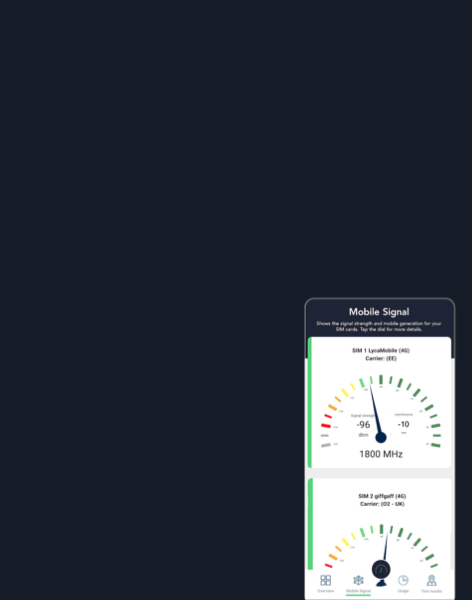Weekly Wrap: Three customers are the real winners from the Vodafone merger
PolicyTracker's partner SignalTracker has assessed the potential impact of the merger between Vodafone and Three in the UK.
To call the merger of UK telecoms giant Vodafone, with its smaller and often criticised competitor Three, unprecedented is an understatement. The now completed deal has created the UK’s largest mobile network operator that aims to combine the push towards 5G that has characterised Vodafone’s recent years and the reach that Three and its MVNOs possess across the country.
I have spent hours analysing data captured by the SignalTracker app to better understand the actual impact of the merger for consumers. Our app tests mobile signal and classifies its strength, download speed and technology generation for our reference. Initially, Vodafone’s positive spin on the deal – reports in the national press claimed that “27 million customers don’t have to wait to feel the benefits” – suggested that the merger would be quite straightforward. Not so.
Vodafone later revealed (in Q&A form) that the merger would take six years to become 95% functional and eight years to be completed. This is due to the operator’s mass deployment of multi-operator core network (MOCN) systems, enabling devices to effectively decide whether to connect to a Three mast or a Vodafone mast based on whichever would result in a better signal.
Buried further in the Q&A was the disappointing announcement that Three customers will be unable to share the benefits of Vodafone’s 5G standalone rollout. As if to offset this, though, Three customers can take advantage of vast coverage and non-standalone speeds almost 20 Mbps faster than what they are getting now. The benefits feel obvious, but why not sooner, and why not faster?
As of June 2025, the mast-switching MOCN technology has been enabled at 24 sites across the UK. The location of those masts is vague, but the company has promised 10,000 more sites with the new tech by March 2026. Should London be targeted first for this ambitious deployment, then even the capacity for better 4G would be significantly improved for Three customers.
Additionally, Vodafone has announced a £348 million deal with Virgin Media O2 whereby that operator will acquire 78.8 MHz of spectrum from Vodafone/Three, bringing Virgin’s spectrum share up to 30% [of available mobile spectrum] and effectively scaling the new conglomerate to its competitors.
What the data shows


SignalTracker data shows that Three’s average download speed in London for 4G is 25.57 Mbps and Vodafone’s is 37.16 Mbps. It doesn’t have to be at the cutting edge of the telecoms market – 5G standalone – something as simple as a boost for 4G would go a long way for consumers simply concerned about downloading gig tickets or pulling up directions.
Similar benefits are experienced for Three customers when it comes to 5G. On the company’s “lite” plan for 12 months unlimited data (5G included at “no extra cost”), customers must pay £29.50 a month. However, our data shows that the average non-standalone 5G download speed on Three in London is 30.82 Mbps, far behind Vodafone’s average of 45.99 Mbps. Vodafone’s standalone 5G Ultra service is £24 a month.
In addition, in SignalTracker‘s central London survey, Three was towards the bottom of our pack due to incredibly patchy coverage, though speeds were quite high where it could be obtained. So much of that lacklustre coverage should be brought up to an excellent quality with the rollout of Vodafone’s project, but once again, the revelation about the speed of the rollout has soured promises of better service for customers.
SignalTracker exists to allow mobile customers to accurately compare networks and evaluate the quality of the network they use. If there is a sole conclusion to be gleaned from our tests, it is that Three customers are being elevated by this merger; but how likely are customers to stick with them through the long road to equality?
To read the full results of our research, click here.
Here’s what else PolicyTracker covered last week:
- The Thai regulator, NBTC, voted unanimously to postpone the approval of a £1.28 billion spectrum auction
- India’s Department of Telecommunications has ruled out making the lower 6 GHz band any larger
- The latest 5G observatory report shows that the EU is close to its initial 5G coverage goal, with 94% of the EU’s population covered by at least one basic 5G network by the end of last year
- Russia’s regulator is preparing to auction off the 4.8-4.99 GHz spectrum band in the coming months
- Shanghai is to host the WRC-27The World Radiocommunication Conference (W… conference despite a last minute bid from the US
